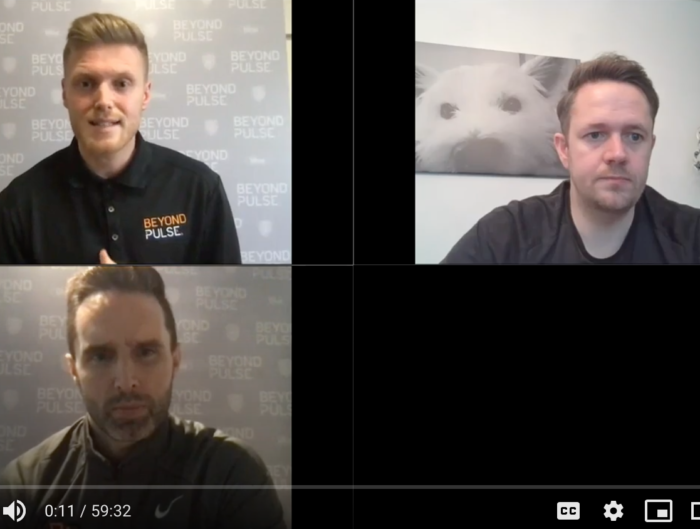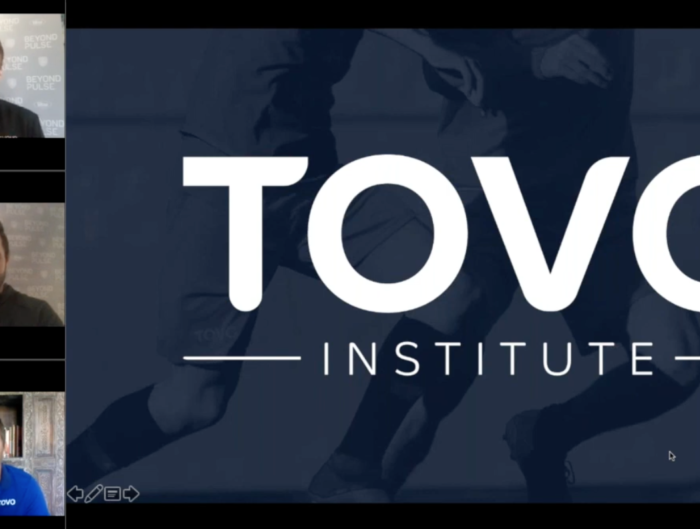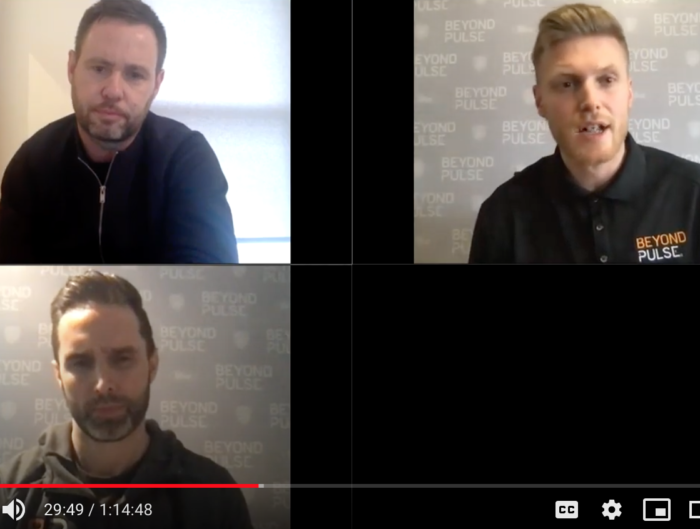One of the most common questions we are asked at Beyond Pulse is “I don’t understand why younger players should use this technology?” Personally, I love hearing this question. It reveals a huge opportunity to demonstrate vital insights in to youth development and coaching that we strongly this data can help to improve. To answer this question in a little more detail though, we want to take a couple of steps back…
Athletic monitoring technology has been around for decades. Professional teams and colleges (with a handy budget) have primarily been the groups that have benefited from the access to this technology. Some of the key uses include monitoring player workload so they do not over train players in preparation for an upcoming game or tournament, keeping their players fresh and ready to perform at their best while also minimizing the risk of injury throughout the season.
We are bringing this technology to youth sports for many of the same reasons. However when it comes to the data, our emphasis is firmly on the collective team statistics and not necessarily the individual metrics being recorded. This group data serves as an average indicator of the activities that were conducted within a session. Now, this can reveal some interesting data points that can help coaches better understand the impact and effectiveness of their training sessions and activities – something they have never had such simple and easy access to before at the youth level!
We believe this technology will bring a huge awareness raising phase to the youth sports arena. Our role is to help guide Beyond Pulse users as to what some of this data might mean, since this will be the first time it has likely been seen! Next, we aim to harness these learnings toward the experimental phase. This is where coaches will start to play within their practice and be encouraged to tweak activities to see how these adaptations might produce different training outputs for their players. For example, how might changing the size of the playing area in a 4v4 game from a 20 x 20 look different in a 30 x 30 for an extra five minutes longer?
At this juncture we introduce the Coaching Toolkit – an inventory of coaching “options” that we believe a coach can easily use to generate different performance outcomes for any given activity.
Size of Area – Sometimes the dimensions of the field of play can make all the difference. By keeping the rules, number of players, and nature of the task the same, simply increasing or decreasing the size of the area coaches can expect to see different physiological returns from the data. For example, by decreasing the size of an area for a small-sided game, you might anticipate more stopping and starting, greater possession turnover, and more contact time on the ball given the limited spaces. Open up the field to a bigger size and this expansion could generate more sprinting opportunities, maybe a greater average heart rate, and possibly larger distances being covered!
Work/Rest Ratio – It may sound obvious but by decreasing the work/rest ratio, we are increasing the demands placed upon the players by limiting their resting or non-active time. Too often we witness activities where a work/rest ratio might be anywhere above 5 (rest)/1 (work) – meaning a player waits for five other people to execute a particular activity before it is their turn. This might be OK if a coach is intentionally planning a lighter activity session. Alternatively, if coaches are wanting to test the players physically, they should consider lowering the work/rest ratio to maximize the number of repetitions with limited rest in between.
Equipment – Both the type and quantity of equipment is an important consideration for the coach’s toolkit. How might an activity change when the size of the soccer ball is different? How might playing with a smaller, size one or two ball, compare to playing with a full size ball? What if poles were used to dribble or pass through as targets instead of cones? How would playing to bigger goals with GK’s be different to smaller target goals? These are all simple ways in which coaches can adapt an activity by way of changing the equipment and seeing how this can influence the performance data!
Time – Finally, how might coaches better manage activity timings to capture different performance outcomes? A simple assumption might be that if we perform a certain activity for longer, then the team might work harder harder? But what if working for longer generates data that doesn’t see the players reach optimal performance and intensity because they are tired and fatigued? Instead would we witness a plateau in Heart Rate? So can activities be planned to push players to their maximum before then transitioning to something different? Time is an important consideration for coaches to be aware of and should aim for flexible timings when planning their session activities.
What is key to remember is that any coach at any level of the game can utilize these options. Understanding how each option can influence the workload and intensity of the session is vital for coaches to be able to manage their practices more effectively with the players they have at any given day of the week. We challenge you to start experimenting with these options and observe the data returns – we think you might be surprised!

 ENG
ENG































